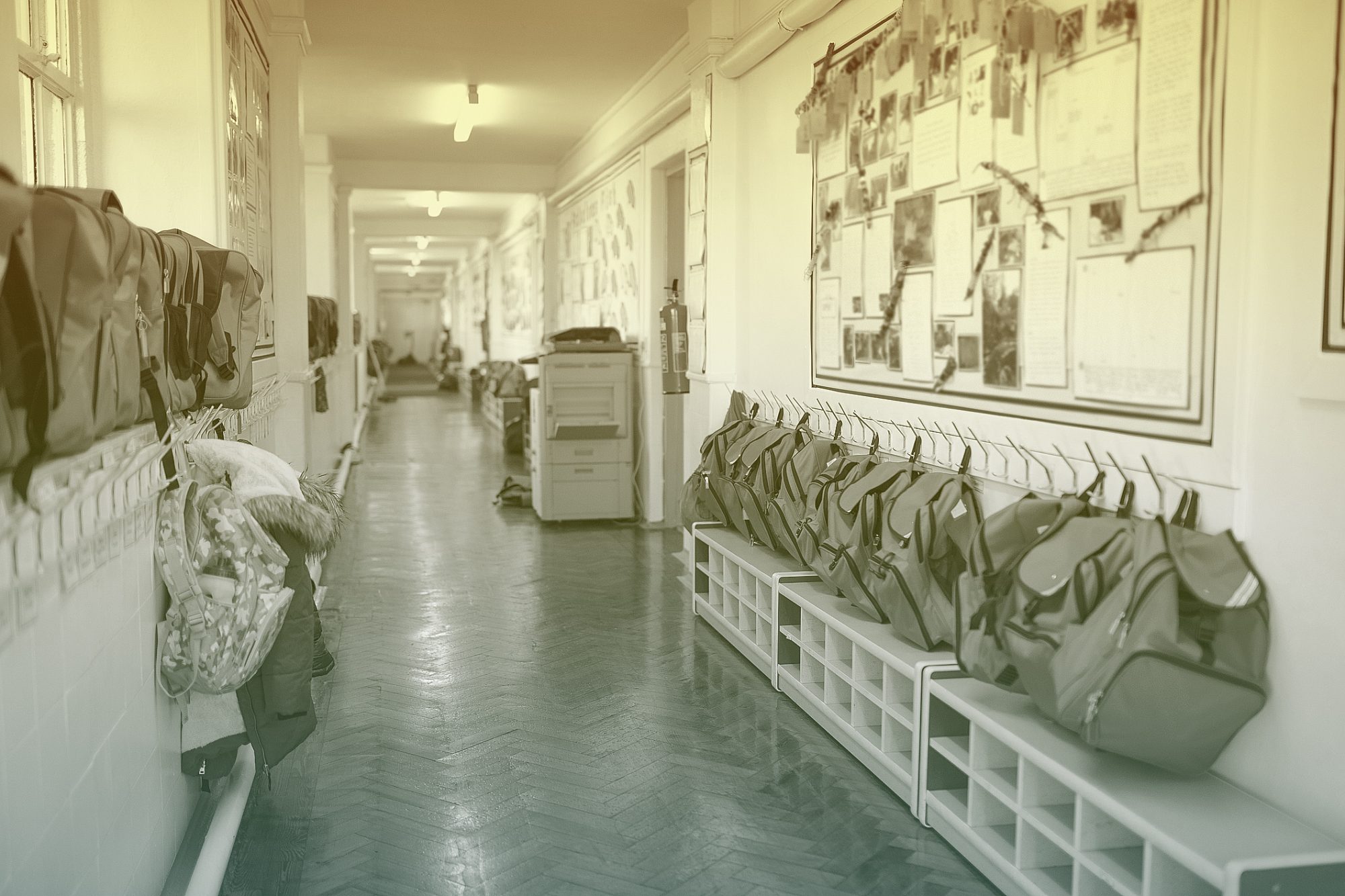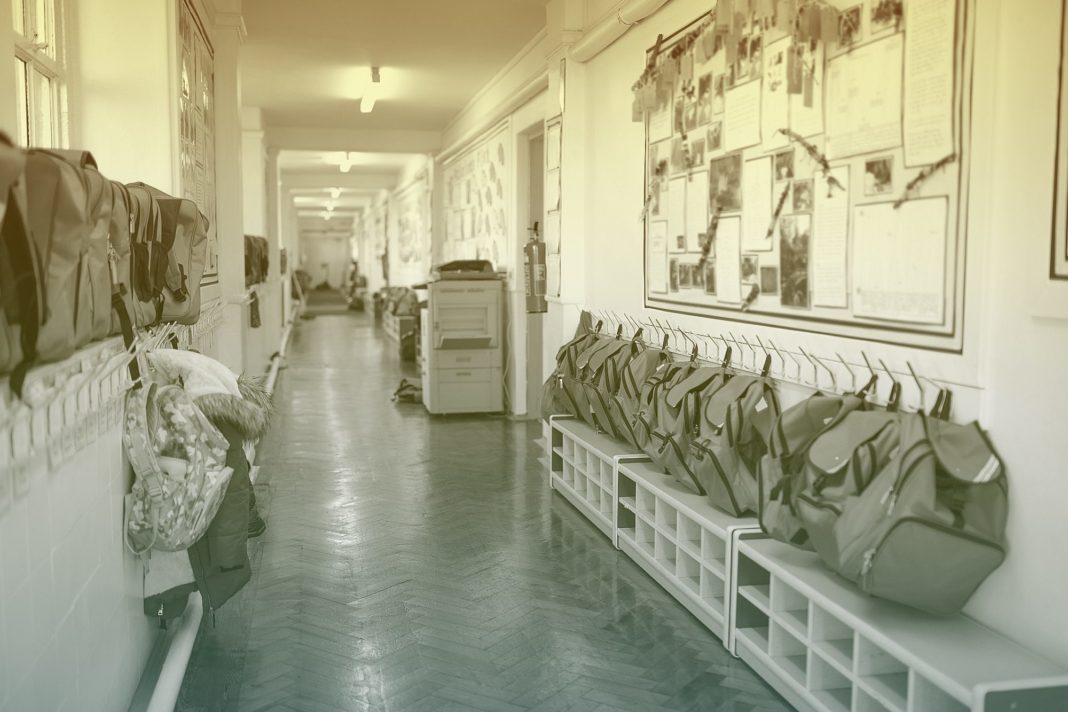
A few months ago, my husband and I saw an extremely intense (and unannounced) active shooting drill unfold on a popular TV show.
We watched, breathless, as the show's teenaged characters reacted with unmistakable terror. And we found ourselves wondering: Is this what our children will experience at school? How can these drills not traumatize them? And is the benefit of this preparation enough to cancel out that trauma?
As it turns out, we're not the only ones with concerns about how these drills—particularly the ones that graphically simulate situations no one should ever find themselves in—will affect school-aged children. The American Academy of Pediatrics just issued a policy statement advising against realistic shooting drills in schools.
According to the statement, some school districts use real weapons, makeup to mimic the look of blood or gunshot wounds, and predatory behavior from the person who is playing the attacker. And the unannounced nature of the drill I watched on TV? That wasn't so far-fetched: Some districts don't even warn the students of these drills beforehand, according to the statement.
Let that sink in. Students may find themselves truly believing they're in a school with an active shooter inside. That's something no one should ever have to experience—let alone a child.
With so much school violence occurring in recent years, it seems like we have no choice but to prepare school-aged kids for the worst. That's why the AAP isn't arguing against teaching students about the reality of school shootings or putting some sort of plan in place. Rather, they're suggesting we do away with high-intensity drills, make accommodations for anyone who may be particularly vulnerable to trauma, and encourage staff members to look out for signs of distress among students and peers during drills. Fire drills, for example, are typically conducted in a calm manner and don't involve simulation of an actual fire. The AAP suggests sticking to a similar approach for shooting drills.
But preparing students for the unthinkable isn't enough. The AAP also recommends enforcing strategies that may help prevent violence among students, like identifying behavioral and mental health concerns early and investing in social-emotional learning.
We're at a particularly difficult time in history, thanks to the pandemic. Kids are under tremendous stress and weathering some major changes, and the effect that all has on their mental health shouldn't be underestimated. On the flip side, the report mentions that the costs associated with placing healthy reopening plans in place may take funding from programs that may address prevention and recovery.
The bottom line? Our kids are up against a lot right now—and, if opinion from the AAP is any indication, they don't need to add the trauma that can ensue from an intense, realistic shooting drill on top of all that. At the same time, we can't ignore the very real and incredibly tragic threat of school violence. We need to do whatever we can to prevent it whenever possible.
But when it comes to preparing? There's a line that needs to be drawn. And the AAP has spoken: We can't ignore the long-lasting effects of trauma these high-intensity drills employed by some school districts may cause.


